Domingo Ravenet (1905-1969)
Get a Ravenet Certificate of Authenticity for your painting (COA) for your Ravenet drawing.
For all your Ravenet artworks you need a Certificate of Authenticity (COA) in order to sell, to insure or to donate for a tax deduction.
Getting a Ravenet Certificate of Authenticity (COA) is easy. Just send us photos and dimensions and tell us what you know about the origin or history of your Ravenet painting or drawing.
If you want to sell your Ravenet painting or drawing use our selling services. We offer Ravenet selling help, selling advice, private treaty sales and full brokerage.
We have been authenticating Ravenet and issuing certificates of authenticity since 2002. We are recognized Ravenet experts and Ravenet certified appraisers. We issue COAs and appraisals for all Ravenet artworks.
Our Ravenet paintings and drawings authentications are accepted and respected worldwide.
Each COA is backed by in-depth research and analysis authentication reports.
The Ravenet certificates of authenticity we issue are based on solid, reliable and fully referenced art investigations, authentication research, analytical work and forensic studies.
We are available to examine your Ravenet painting or drawing anywhere in the world.
You will generally receive your certificates of authenticity and authentication report within two weeks. Some complicated cases with difficult to research Ravenet paintings or drawings take longer.
Our clients include Ravenet collectors, investors, tax authorities, insurance adjusters, appraisers, valuers, auctioneers, Federal agencies and many law firms.
We perform Domingo Ravenet art authentication, appraisal, certificates of authenticity (COA), analysis, research, scientific tests, full art authentications. We will help you sell your Domingo Ravenet or we will sell it for you.
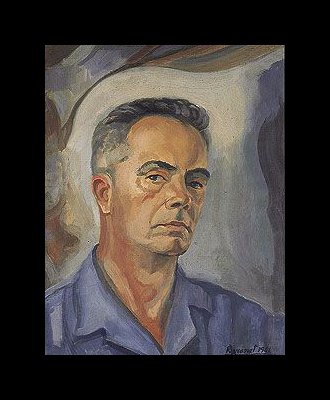
Of all of the Cuban artists to come from the turn of the century, Domingo Ravenet has been called the voice of the Cuban Avant-Guard. A masterful artist, Ravenet dabbled in everything from writing to teaching, and was also a curator. However, it is his artwork that still remains and proves him as the true Renaissance man. Among many other things, Ravenet has also been called a pioneer in modern frescoes and mural art among Cuban artists.
Ravenet was born in Valencia, Spain, but grew up in Havana. Among his many talents, Ravenet was a painter, sculptor, illustrator and a muralist. Schooled at the San Alejandro Academy, Ravenet graduated Cum Laude. From that point on, Ravenet dedicated his life to becoming a teacher and promoter of the arts.
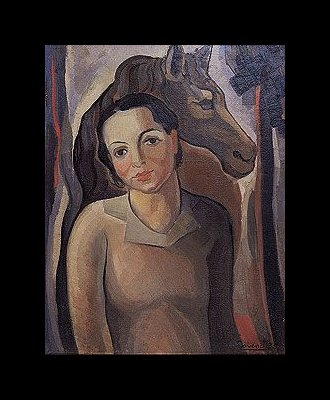
Along with other Cuban artists of the time, Ravenet decided that he must go to Europe to continue his studies. Because of his Spanish/Cuban lineage, Ravenet often felt connected to both worlds. His sister, Elba Ramirez Corria said that “In him, one could appreciate both the most delicate nuances of tenderness and innocence and the most passionate explosions of his intense inner life. How could it not be so? Cuba and Spain were both present in the blood that ran through his veins!” This is extremely apparent in his art, as his style seems to marry that of the Avant Guard Europeans but with highly Cuban themes, compositions and subjects.
In Europe, Ravenet expanded his studies at the Academy Chaumiere de Paris. During this time, he was also able to study the old masters at the Louvre, and later, at the Prado in Madrid. He returned to Cuba in 1933, where he began to expose his work. In 1933, he also traveled to New York for further study. Like many of the Cuban artists that went to study in Europe, his time back at home in Cuba proved fruitful and he began painting typically “Cuban” themed compositions.
Some critics have compared the passionate brush strokes and bold color palate of Ravenet to that of the European Fauves. His painting “The Jaguey” (1938) which features a country road and farmhouse in the woods is very reminiscent of the style of Fauve painter Maurice de Vlaminck.
Ravenet’s paintings were almost always of idyllic images. About mid-career, Ravenet started painting in the Vanguard style of his contemporaries, painting “guarijo’s” and “campesino’s”—rural cowboys and farmhands of Cuba’s countryside. Usually, Ravenet’s style was more along the lines of painting an almost whimsical world. His portraits of women would usually be executed with idyllic backgrounds. He would also paint circus scenes, and pictures of mothers with their children. His work rarely had a somber or disturbing tone, but still managed to purvey a powerful message all the same.


Though he worked in ceramics quite extensively, Ravenet was not well known for them. He would usually paint decorative pottery, cups and plates with very traditional Cuban styles. His ceramics were probably the most reflective area of his Cuban heritage, and the bright and tropical color palate he usually chose and native symbols he emblazoned on them were proof of this. His small ceramic statues were also reminiscent of primitive Cuba, and were usually very simple with fluid lined statues of people. Ravenet would also often work alongside Amelia Pelaéz as she made ceramics too.
In the past, Ravenet proved to be a very sought after artists when one of his works was stolen from an exhibit. An oil painting entitled “Ligeia” which was a small portrait of a woman, and was an award-winning piece. It was stolen in 1937, and reappeared in 1980, far after the artist’s death, and the pieces abductor and whereabouts for more than forty years still remains a mystery. Could there be other pieces like this in existence today?
Though he was a very popular artist in Cuba, sadly, little is known about this great artist worldwide. Ravenet traveled to Europe to study without the help of scholarships or a wealthy family, so it is quite likely that he sold his work to make a living in Europe. Truthfully, the possibility for finding one of his works in someone’s home or in Europe is outstanding. He also exhibited all over the United States from New York to California in the 1950s as well as throughout the Caribbean and in France, which makes an even greater likelihood for someone to privately own his work.
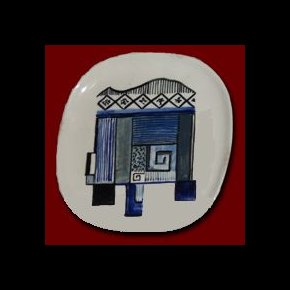

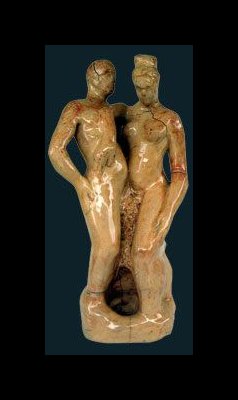
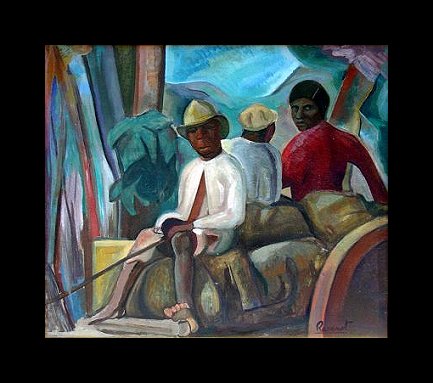
A very prolific painter, sadly and ironically, Ravenet was said to have died in front of his easel in Matanzas, Cuba. Today his work is housed worldwide in France, Canada, Russia, Brazil, Spain, The United States, Venezuela, Mexico and of course, Cuba.
Reviews
1,217 global ratings
5 Star
4 Star
3 Star
2 Star
1 Star
Your evaluation is very important to us. Thank you.
